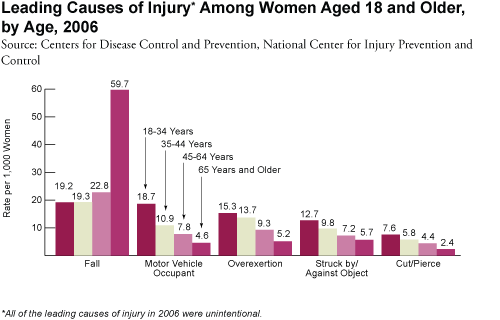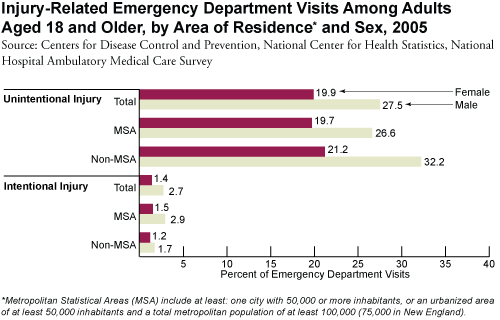If this was a dad would he now be in jail and being painted as a monster as opposed to this slap on the wrist? Note the incompetent and neglectful mom wants to get custody back. The poor child if that ever happens. Shared parenting needs to be the default and when dads are allowed to stay in the life of their child they will be better protected.MJM
Sick child home alone
While Joanne Victoria Lawson was drinking at a bar one night, her 3½-year-old daughter was home alone with a fever — vomiting, wandering around the darkened apartment, banging on the door and crying for her mommy.
The building superintendents heard the little girl’s screams over a two-hour period and finally let themselves into the apartment. After finding the child unattended and leaving messages on the mother’s cellphone, they called police.
Lawson, 42, pleaded guilty earlier this year to child abandonment and received an 18-month conditional discharge Thursday in Halifax provincial court.
The events of March 20, 2008, cost Lawson custody of her daughter, who now lives with her father in Cape Breton.
Lawson has stopped drinking and abusing drugs, is responding well to medication for adult attention deficit hyperactivity disorder and hopes to eventually regain custody of the girl.
"It was a horrible thing I did," the Dartmouth woman told Judge Carol Beaton.
"I don’t have the words to describe how I feel every day when I wake up and I don’t have my daughter, and it’s from my own actions — actions that I quite simply don’t remember.
"It’s something I live with every day."
Lawson said she worked to keep her emotions under control when she spoke to experts about her actions. Those people interpreted that as a lack of remorse, causing the prosecutor to have concerns about having agreed to propose a conditional discharge.
"Everybody seems to think I don’t have a lot of remorse for this incident, which is absolutely not true,"
Lawson said, fighting back tears. "I know exactly what could have happened and it scares the hell out of me.
I love my child very much."
Court was told Lawson drank a bottle of cheap red wine at her apartment on Layton Road in Halifax before calling a cab to take her to a downtown watering hole shortly after 8 p.m.
When police entered the apartment at about 10:30 p.m., the bathtub had about 15 centimetres of water in it.
It appeared Lawson had used the tub to wash vomit off her daughter’s clothes earlier in the day.
The woman returned home intoxicated at about 2 a.m. and was upset at the superintendents for what they had done.
Lawson had made tentative arrangements for a babysitter that evening but forgot to follow through on them, defence lawyer Margaret MacKenzie of Nova Scotia Legal Aid told the court.
"She loves her child and was devoted to her child," MacKenzie said of her client, who works as a cook.
"She admits to screwing up big time that night. There’s no doubt in anybody’s mind that alcohol was the main player and (the child) suffered as a result of that."
The Crown proceeded by indictment on the charge, which meant the maximum penalty was five years in prison.
Crown attorney Susan MacKay said it was fortunate that Lawson lived in an apartment building and not in a house, where the child’s cries might have gone unheeded by neighbours.
"This incident is very serious," MacKay said. "I would hope that this criminal process . . . will have a positive impact on Ms. Lawson’s future behaviour."
MacKay said a medical checkup found that the child was suffering from a bug of some kind but was otherwise in good health. There were no signs of any previous abuse and the dwelling was clean and well maintained.
Lawson had no previous criminal convictions and, by pleading guilty, accepted responsibility for her actions, the prosecutor said in recommending the conditional discharge to the judge.
"I think she’s getting a bit of a break and I hope she knows it," MacKay said. "It would be a very different circumstance today if further trauma had come to that child."
Lawson will be on probation for 18 months, with conditions that she abstain from alcohol and drugs, participates in counselling for substance abuse or any other issue identified by her sentence supervisor, and performs 50 hours of community service. She also can’t have contact with her daughter unless it’s through lawyers or in relation to a family court order.
If she fulfills the conditions, the conviction will be discharged and she won’t have a criminal record.
"This was a situation that had the potential for real disaster, over and above the seriousness of what did occur," the judge said in adopting the recommended sentence.
"One shudders to think what could have happened to (the child), left alone at 3½ years of age. She could have aspirated on her own vomit. She could have fallen into the bathtub. . . . She could have come into contact with matches.
"I could be here for an hour listing all the possibilities. All of the reasons that adults don’t leave children alone can be conjured up here to illustrate how some sort of success was snatched from the jaws of potential disaster."
Beaton said the court was essentially being asked to emphasize the positive changes Lawson has made in her life.
"That takes a leap of faith on the part of the court and on the part of the community," the judge said.
She urged Lawson not to do anything to abuse that faith.
( sbruce@herald.ca)
http://thechronicleherald.ca/Metro/1214225.html
-






